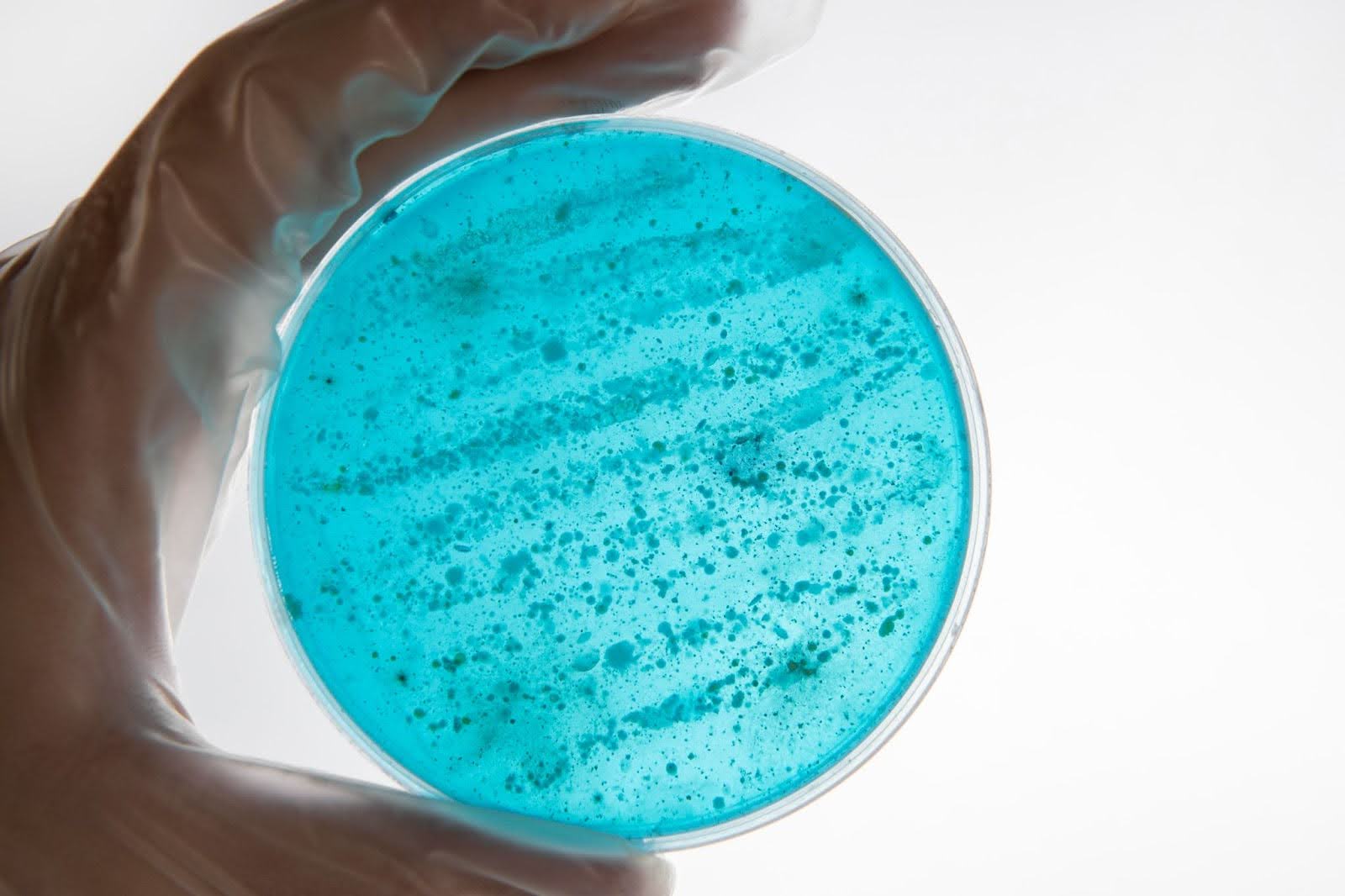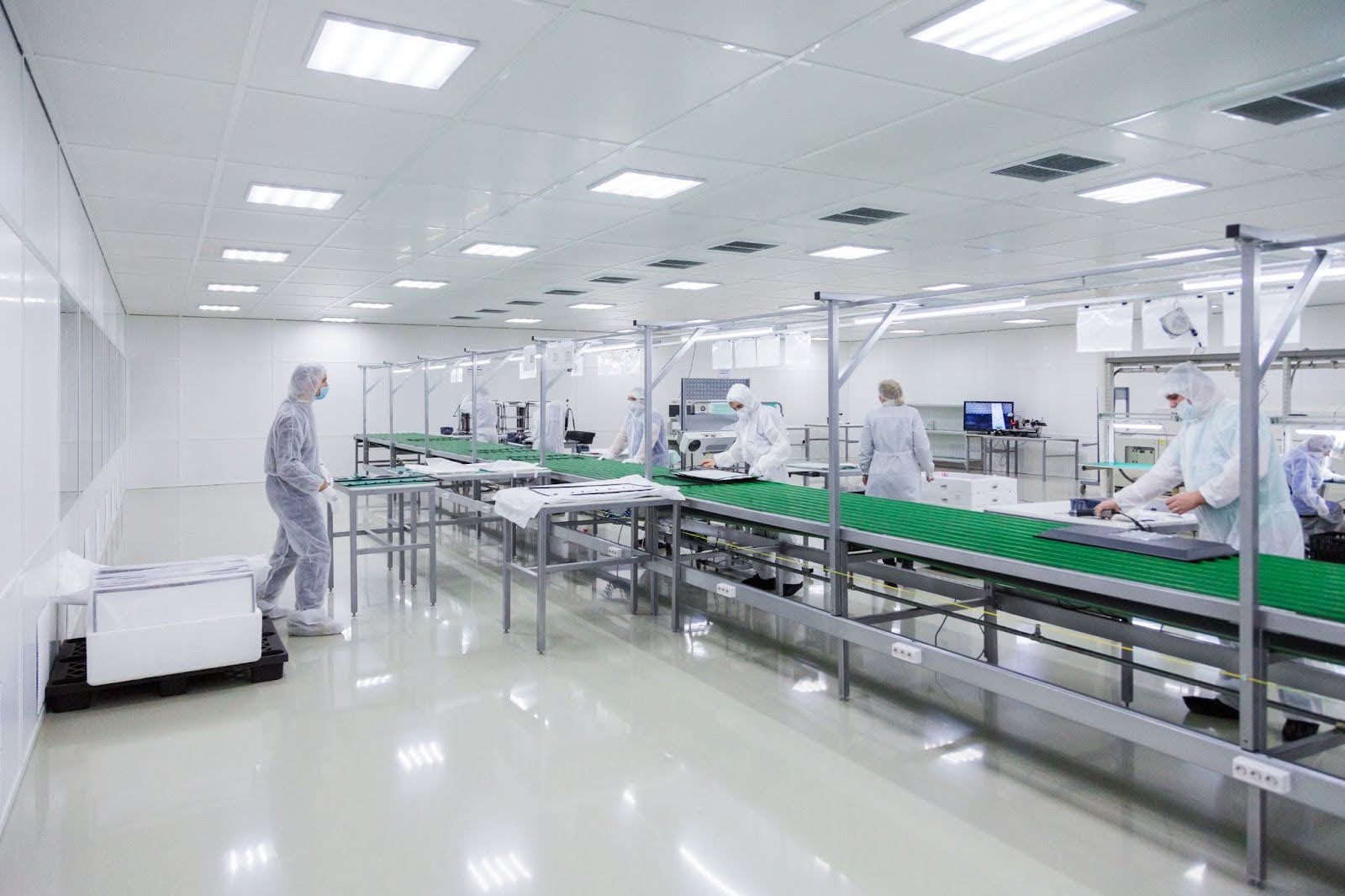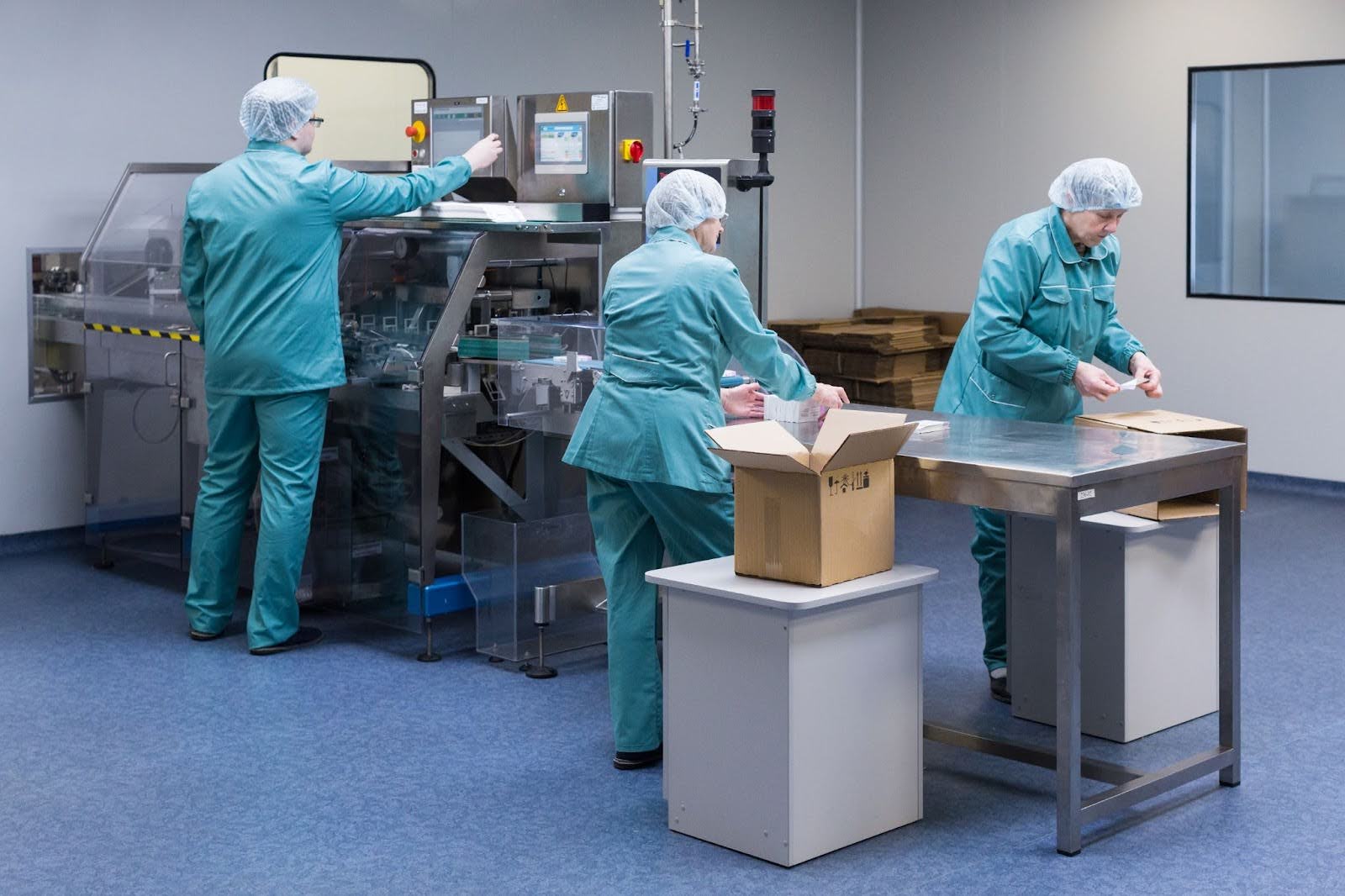by Simantini Singh Deo
10 minutes
The Future Of Cleanroom & Controlled Spaces (CCS) Monitoring: Leveraging Rapid Microbial Methods (RMMs) And Artificial Intelligence
Learn how AI and RMMs make cleanroom monitoring faster, smarter, and more compliant in pharma manufacturing.
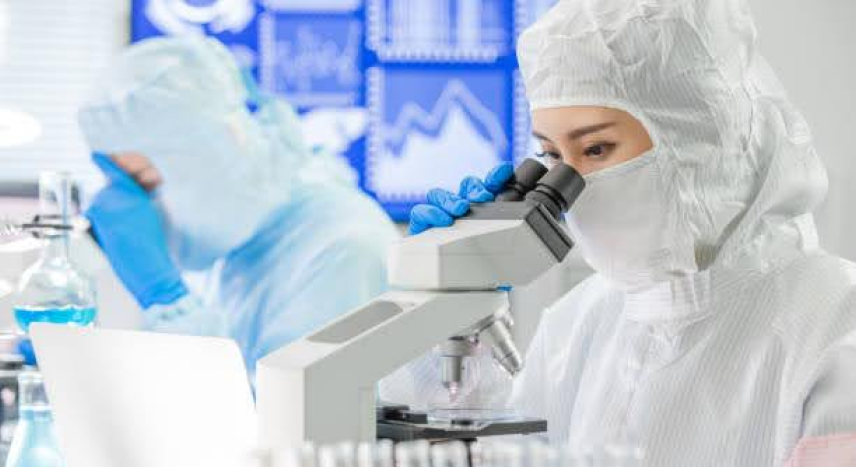
In pharmaceutical manufacturing, especially for sterile and high-risk products, monitoring microbial contamination is essential. Traditional Environmental Monitoring (EM) and Cleanroom & Controlled Spaces (CCS) methods like settle plates, contact plates, swabs, and air samplers are reliable but slow.
New advances offer faster, smarter solutions: Rapid Microbial Methods (RMMs) provide quicker results, while Artificial Intelligence (AI) adds speed, pattern recognition, predictive power, automation, and insight to the data from RMMs and other sensors.
This blog explores what RMMs are, how AI enhances CCS monitoring, their complementary roles, regulatory expectations, best practices for design and implementation, challenges, and future directions!
What Are Rapid Microbial Methods (RMMs)?
Rapid Microbial Methods (RMMs) are advanced techniques that detect microorganisms faster and more sensitively than traditional culture-based methods. They help pharmaceutical manufacturers reduce detection times, increase monitoring frequency, and identify microbes that are slow-growing or hard to detect on standard media.
Implementing advanced RMMs during outsourcing and tech transfer within the CCS ensures that contract manufacturing partners maintain equivalent sterility assurance standards.
The main types of RMMs include:
- Viability-Based Methods: These methods use fluorescent dyes or staining techniques to differentiate live cells from dead ones. Techniques such as flow cytometry and solid-phase cytometry allow rapid assessment of microbial viability without waiting for colony formation, providing faster insights into potential contamination.
- Nucleic Acid-Based Methods: Methods like PCR, quantitative PCR (qPCR), and next-generation sequencing (NGS) detect and quantify microbial DNA or RNA. They offer highly specific identification of target microorganisms and are particularly useful for detecting stressed or slow-growing microbes that may not thrive under traditional culture conditions.
- Optical Imaging & Fluorescence Methods: Automated imaging systems detect micro-colonies or individual microorganisms on agar or membranes. By using fluorescent excitation, these methods can identify microbial growth much earlier than visible colony formation, significantly reducing the time to detection.
- Impedance, Conductance, and Capacitance Methods: These techniques monitor microbial growth by detecting changes in the electrical properties of the growth medium. Variations in impedance or conductance allow faster detection of microbial proliferation compared to conventional turbidity measurements.
- Immunoassays & Antigen-Based Detection: These methods rely on antibody-based assays to detect specific microbial antigens. They provide rapid, targeted detection of high-risk microorganisms in both environmental samples and products, enhancing the specificity of monitoring programs.
- Bioluminescence & ATP-Based Methods: These approaches measure microbial metabolic activity by detecting ATP (adenosine triphosphate) or bioluminescent signals. They provide real-time or near real-time information about microbial presence, making them useful for rapid environmental monitoring and contamination assessment.
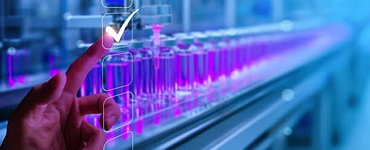
By combining these methods, RMMs allow faster detection, more frequent monitoring, and early identification of microorganisms that might otherwise go unnoticed. Integrating RMM insights with CCIT programs, as detailed in linking EM with CCIT for complete sterility assurance, creates a full feedback loop for contamination prevention.
This strengthens contamination control, improves response times, and enhances overall product safety.
What Are Advantages Of Rapid Microbial Methods (RMMs)?
Rapid Microbial Methods (RMMs) represent a major improvement over traditional culture-based techniques by drastically reducing the time needed to detect microorganisms from days to just hours enabling faster decision-making and quicker responses to potential contamination.
They can detect hard-to-culture or stressed microorganisms, offering a more accurate view of microbial load, and their higher sensitivity provides early warnings that help prevent costly deviations or product losses.
By supporting real-time or near real-time monitoring, RMMs reduce reliance on manual sampling, increase data reliability, and enhance contamination control, streamlining workflows while improving product safety and regulatory compliance.
Proper media fill and aseptic process validation ensures that rapid microbial data aligns with validated aseptic performance standards.
What Is The Role Of AI In CCS Monitoring?
Artificial Intelligence (AI) is transforming Contamination Control Strategy (CCS) monitoring by automating how environmental and microbial data are collected, analyzed, and acted upon.
Traditionally reliant on manual, periodic sampling and retrospective analysis, cleanroom monitoring is now enhanced by AI, which enables continuous, data-driven oversight to detect, predict, and prevent contamination in real time.
When paired with sensors, particle counters, and Rapid Microbial Methods, AI identifies patterns from human activity, equipment performance, airflow, and environmental changes, issuing early warnings before excursions occur.
It also aids root cause analysis, suggests preventive measures, and can create digital twins to simulate cleanroom conditions, optimize processes, and minimize human error, ultimately strengthening CCS monitoring for safer, more compliant manufacturing.
How RMMs And AI Complement Each Other In CCS Monitoring?
The integration of Rapid Microbial Methods (RMMs) and Artificial Intelligence (AI) creates a powerful, synergistic approach to modern contamination control. RMMs deliver fast, accurate microbial data, while AI analyzes and interprets this information in real time, enabling continuous monitoring and proactive prevention of contamination.
AI detects subtle patterns and anomalies, predicts risks, reduces human error, and correlates microbial data with environmental factors like airflow, temperature, humidity, and personnel movement.
By filtering background noise and minimizing false alarms, AI enhances RMM performance, together providing a data-driven system that strengthens cleanroom integrity, improves efficiency, and ensures regulatory compliance. Integrating clean steam and WFI monitoring practices into AI systems ensures that utility data complements viable monitoring in achieving full sterility control.
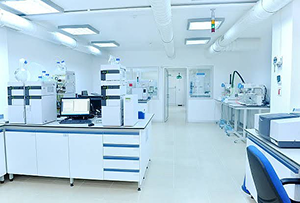
Regulatory And Standards Expectations
Global regulatory agencies increasingly recognize the value of technologies like Rapid Microbial Methods (RMMs) and AI in contamination control, while emphasizing strict validation and documentation.
The EU’s GMP Annex 1 encourages RMMs and real-time monitoring if they are shown to be equivalent or superior to traditional methods, requiring bridging studies to demonstrate accuracy, precision, detection limits, and reproducibility.
Regulators expect companies to explain how these technologies integrate into their Contamination Control Strategy (CCS), including sampling points, alert thresholds, and response plans. For AI systems, data integrity, algorithm validation, traceability, and auditability are critical, and all automated tools must be transparent in how alerts are generated.
Importantly, introducing RMMs or AI should never compromise contamination control, and must be supported by risk assessments and ongoing verification, ensuring sustained performance and building regulatory confidence.
Design & Implementation Best Practices
Several best practices can guide a successful deployment:
1) Risk Assessment & Strategy Planning – Begin by evaluating the current CCS monitoring program, identifying sampling locations, frequencies, and environmental parameters. Conduct a thorough risk assessment to pinpoint gaps where traditional methods may be slow or insufficient. This ensures that RMMs and AI are applied where they can provide the greatest impact.
2) Selection Of Appropriate RMM Technology – Choose the RMM method(s) that best suit the facility’s monitoring needs. Consider factors such as sensitivity, specificity, detection limits, and sample types (air, surfaces, or water). Conduct pilot or bridging studies to demonstrate equivalence or superiority compared to traditional culture-based methods, ensuring reliable results.
3) Sensor & Data Infrastructure – Install environmental sensors and viable particle counters to capture real-time data on critical parameters such as airflow, temperature, humidity, and microbial load. Ensure robust data capture, storage, and management systems that maintain integrity, traceability, and cybersecurity.
4) AI Model Development & Validation – Define the specific use cases for AI, including anomaly detection, trend analysis, predictive alerts, and automated reporting. Develop and validate algorithms using historical and real-time data, ensuring accurate predictions and minimal false alarms. Maintain transparency in AI decision-making to support regulatory compliance.
5) Integration With CCS & EM Programs – Align RMM and AI workflows with the overall Contamination Control Strategy. Define alert thresholds, sampling frequencies, and escalation protocols. Update standard operating procedures (SOPs) and train personnel to ensure smooth adoption of the new technologies.
6) Validation, Qualification, & Regulatory Compliance – Conduct thorough validation of both RMMs and AI systems, documenting bridging studies, detection limits, reproducibility, and equivalence to traditional methods. Ensure compliance with regulatory expectations for environmental monitoring, data integrity, and audit readiness.
7) Continuous Review & Improvement – Regularly assess system performance by tracking alerts, false positives/negatives, and overall contamination trends. Use insights gained to refine monitoring strategies, update AI algorithms, and maintain robust CCS monitoring over time. Facilities adopting single-use systems in aseptic manufacturing can integrate RMM data to evaluate sterility risks associated with disposable assemblies. Continuous improvement ensures sustained effectiveness, regulatory compliance, and patient safety.
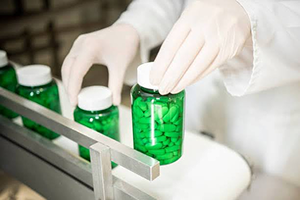
Challenges & Considerations
While RMM + AI offer great promise, there are several challenges that organizations must manage:
- Validation Burden: Demonstrating equivalence to traditional methods can be complex and resource-intensive.
- False Positives / False Negatives: Rapid methods may pick up signals that culture-based methods would not classify. Must understand what to do with those.
- Regulatory Acceptance & Audits: Not all regulators or inspectors may be equally familiar with or trusting of AI/RMM tools; robust documentation is crucial.
- Cost & Infrastructure: High initial investment are required such as sensors, data systems, AI model development and beyond. Also, it requires sample preparation, maintenance, and calibration.
- Data Integrity, Security & Privacy: Data from many sensors + AI processing must maintain traceability, audit trails, prevent tampering.
- Model Drift / Sensitivity Over Time: AI models need maintenance; performance may degrade if environmental conditions or equipment and process steps change.
Real-World Examples & Use Cases
Here are some practical examples of how RMM + AI are being used or explored in CCS / cleanroom settings:
- Annex 1 Guidance (EU GMP) supporting Rapid/alternative microbiological methods, including real-time viable particle counters.
- Some systems like Rapid-C+ / BioLaz etc. (from Rapid Microbial Methods catalogue) integrate real-time, continuous or episodic monitoring, using optical, fluorescence or auto-fluorescence, classifying particles and viable vs non-viable, etc.
- Deployment of AI Nose by Ainos + cleanroom environments, using digital olfaction (smell sensors + AI) to detect VOC anomalies, environmental sensing, facility monitoring in real time.
- Sensor nodes integrating multiple environmental sensors + edge AI to reduce energy usage and allow faster detection (for example, work on IoT nodes with multiple modalities including VOCs, temperature/humidity, light, etc
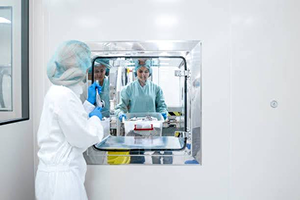
How To Measure Success & Key Performance Indicators?
Implementing RMM + AI should be outcome-oriented. Some key metrics to track:
- Time To Detection: how much faster are you discovering microbial excursions than before.
- Number Of Excursions / Alerts: Are you catching more issues earlier? Are there fewer big events?
- False Positives / False Negatives Rates: how many alerts are “real” vs noise, and how many misses.
- Regulatory Observations / Audit Findings: are regulators satisfied, are there findings related to method implementation.
- Process/Product Impact: reduction in batch failures, reductions in rework, recalls, or sterilization failures.
- Operational Efficiency: cost savings, staff time saved, faster release of product
Future Trends
Looking ahead, Rapid Microbial Methods (RMMs) and AI are set to transform CCS monitoring. Continuous viable particle monitoring with real-time sensors is becoming feasible, and when combined with AI, can automatically detect and classify microorganisms for uninterrupted cleanroom oversight.
Emerging “edge AI” allows devices to analyze data locally and make instant decisions, while multi-sensor integration combining optical, fluorescence, VOC, airflow, and environmental data provides a complete contamination profile.
Digital twins of cleanrooms enable simulation of contamination risks and optimization of design or personnel flow before physical changes. As regulatory guidance on validating RMMs and AI evolves, these technologies are expected to make CCS monitoring fully automated, predictive, adaptive, and more effective at ensuring control, efficiency, and patient safety.
In Conclusion
Rapid Microbial Methods (RMMs) and AI are transforming CCS monitoring from slow, reactive checks to fast, continuous, predictive control. Properly integrated into a robust Contamination Control Strategy, they reduce risks, detect issues earlier, improve quality, shorten release times, and enhance patient safety.
Implementation requires investment, validation, documentation, and regulatory alignment, while addressing challenges like false alarms and data integrity. Identifying hidden microbial risks in pharma utilities ensures that facility utilities contribute to a fully validated contamination control ecosystem.
The focus for manufacturers is now how to adopt RMM + AI responsibly and effectively to make CCS monitoring smarter and more resilient.
FAQs
1. What Are Rapid Microbial Methods (RMMs)?
RMMs are advanced techniques that detect microorganisms faster and more sensitively than traditional culture-based methods, using technologies such as PCR, flow cytometry, fluorescence, or ATP-based detection.
2. How Does AI Enhance CCS Monitoring?
AI analyzes real-time data from sensors and RMMs, identifies patterns, predicts contamination risks, recommends preventive actions, and reduces human error in cleanroom operations.
3. Are RMMs And AI Accepted By Regulators?
Yes, regulators like the EU and PIC/S recognize RMMs and AI, provided they are validated, integrated into the Contamination Control Strategy, and documented to demonstrate equivalence or superiority to traditional methods.
4. What Are Common Challenges In Implementing RMM + AI?
Challenges include validation burden, false positives/negatives, regulatory familiarity, cost, data integrity, and maintaining AI model performance over time.


